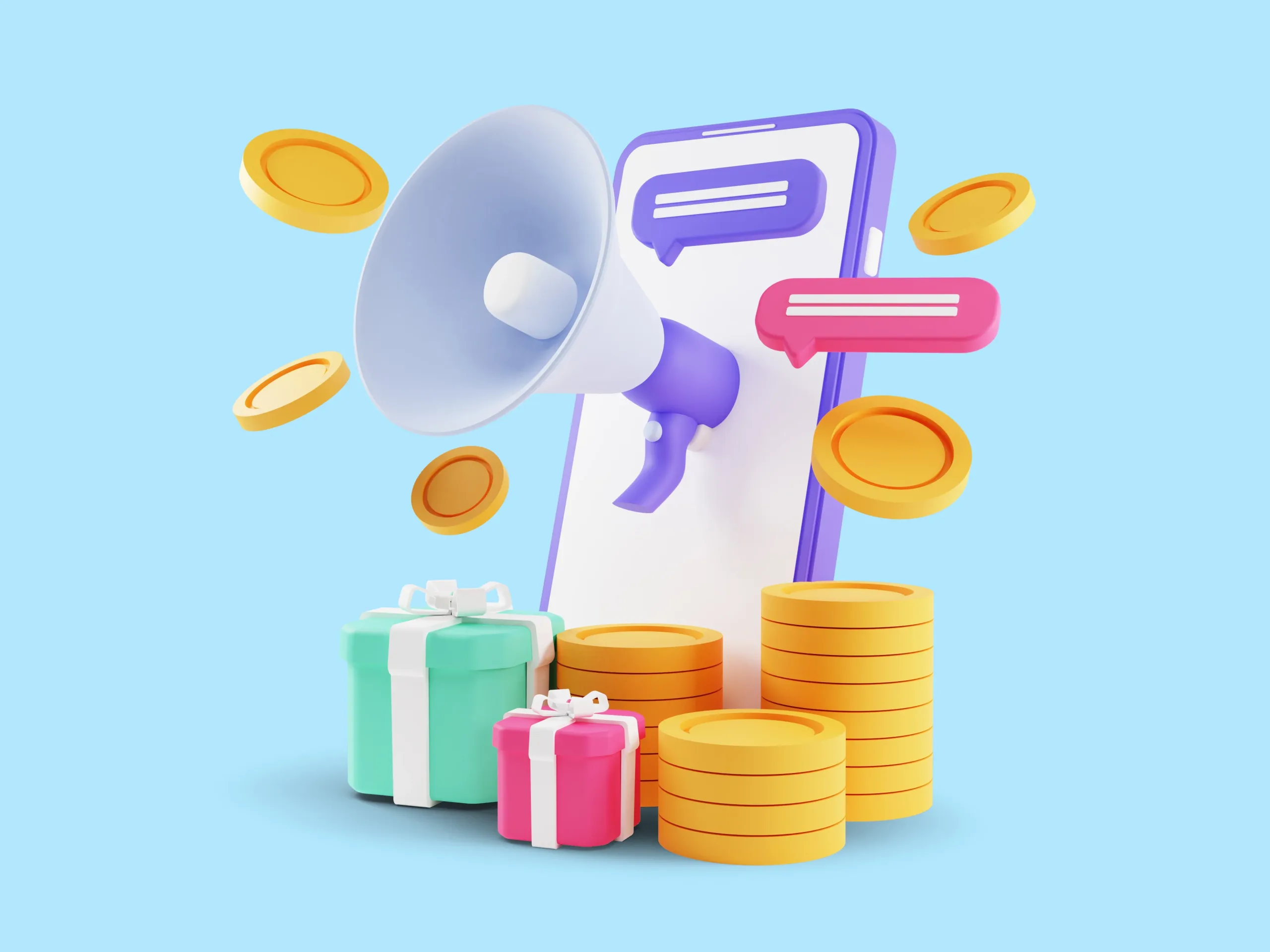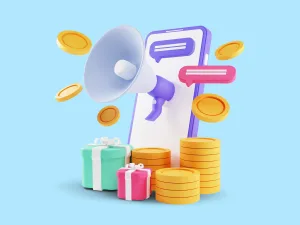How to increase sales with online contests?
This is a question that often comes up within sales teams. While marketing contests are attractive for their ability to engage audiences, what about their real impact on conversion? Can they truly bridge the gap between engagement and purchase?
The answer is yes. Interactive campaigns can double the conversion rate compared to passive content, as shown by a Kapost study. However, it all depends on how the contest is designed and executed. To turn it into a genuine transactional lever, it is essential to go beyond mere engagement and incorporate clear business objectives.
In this article, we explore practical tips and effective use cases to boost sales through marketing contests.
Why are contests a conversion lever?
Marketing games are not just about entertainment. They are a strategic tool designed to capture attention, build connections, and guide users toward purchase. When thoughtfully designed, they become a powerful springboard for customer conversion.
Here are 6 ways to use interactive campaigns to move prospects through the conversion funnel and drive purchases.
1. Interactive games to boost brand awareness
You can’t buy what you don’t know. Before selling, you first need to exist in the minds of your target audience. Marketing games are highly effective for introducing a brand or product in an engaging way.
Instant Win games (such as Slot Machines or Instant Scratch) work particularly well in this context. They grab attention through instant prize, encourage quick participation, and maximize the visibility of a campaign, especially when combined with a social sharing option.
To increase conversions, it’s best to align the prize with the product universe: a discount voucher, an exclusive preview, or early access to a new collection. It’s also wise to include a clear call-to-action at the end of the game, directing participants to a product page or a limited-time offer.
2. Collect qualified leads and enrich your CRM
A well-designed game can generate thousands of leads. But for those contacts to be commercially valuable, you need to go beyond collecting a simple email address.
This is where playful mechanics truly make a difference. Product-oriented quizzes or Psychoquiz allow you to ask your audience specific questions (about their needs, budget, purchase frequency, etc.) without disrupting the user experience.
The result: an enriched form that participants fill out willingly and effortlessly. For example, a cosmetics brand could offer a “Which Beauty Routine Is Right for You?” quiz and then segment leads based on their answers to retarget them with personalized offers.
Another key tactic is to include a clear opt-in within the participation form to build a GDPR-compliant database. And most importantly, think about scoring: every interaction within the game is a data point to capture, helping to feed your CRM and refine future campaigns.
3. Showcase your products through a promotional game
Contests are an excellent way to give visibility to an offer or a product launch. The idea is to turn a simple promotional message into a memorable experience.
Brands can, for example, use interactive mechanics such as Memory or Puzzle games. Participants are invited to rebuild or reveal the product, which increases exposure time to the marketing message and strengthens recall of the value proposition.
Our tip: include a “view product in store” or “add to cart” button at the end of the game to create a direct bridge to purchase.
4. Share purchase incentives to increase sales with a contest
A contest is an excellent way to stand out and capture attention. It’s the perfect moment to include purchase incentives that turn engagement into conversion.
Brands can offer:
- Personalized discounts at the end of the game (e.g., 10% off for achieving a certain score, or a unique code based on the participant’s favorite product selected during the game).
- A limited-time offer, integrated into a « Wheel of Fortune » mechanic to create a sense of urgency and encourage immediate action.
Key takeaway: The incentive should always remain consistent with the campaign message and the brand’s universe.
5. Drive traffic to a store or e-commerce site
A well-designed marketing game doesn’t exist in isolation. It becomes a powerful driver for in-store visits or qualified traffic to an e-commerce site.
How to do it effectively?
- Redirect participants to a product page or landing page immediately after the game.
- Offer a voucher to use in-store, with a short validity period to encourage quick visits.
- Create an exclusive in-store game, accessible only via a QR code displayed at checkout or on product tags.
- Include clear calls-to-action throughout the journey: “discover products,” “claim my offer,” “book an appointment,” to effectively guide traffic to the sales channel (website, app, or physical store).
6. Increase repeat purchases through customer loyalty
Marketing games are not just a conversion tool. They also help retain customers and encourage repeat purchases by maintaining engagement and personalizing their experience with the brand.
Mechanics that promote customer retention include:
- Post-purchase games: accessible after scanning a QR code on a product or in a post-order email.
- Gamified loyalty programs: earn points through missions (e.g., leaving a review, referring a friend, participating in a quiz).
Marketing games thus become an excellent way to engage customers over time, refresh the brand’s value proposition, and reward loyalty effectively.
How to measure the impact of a contest on revenue?
A well-designed contest can significantly boost revenue. But only if you know how to measure its impact on the company’s earnings.
To link the performance of an interactive campaign to concrete business metrics, track KPIs such as the redemption rate of discount codes generated by the game, the number of leads converted into customers, or the average order value after participation.
An effective method to assess a game’s impact on revenue is to compare participation data with sales generated during the campaign.
Here’s how to refine this analysis:
- Tag participants in your CRM with a “contest” source to track them through the conversion funnel.
- Create a promo code dedicated to the game to measure sales generated directly.
- Analyze repeat purchase behavior among participants compared to your overall customer base (repeat rate, average basket, etc.).
- Segment performance by acquisition channel (email, social media, etc.) to identify the most profitable touchpoints.
Bonus: implement a post-game survey to capture purchase intent or measure the perceived impact on product discovery.
Marketing contests are a powerful tool to drive sales at every stage of the funnel: attract attention, engage, convert… and retain. When thoughtfully designed, they showcase your products, build connections, and trigger purchases—both online and in-store. Create a custom promotional campaign now, fully aligned with your business objectives.





